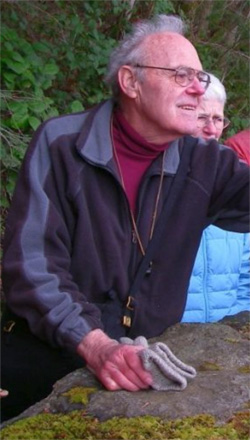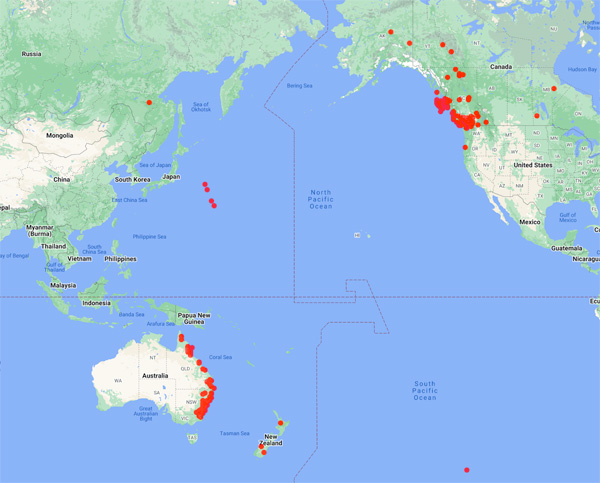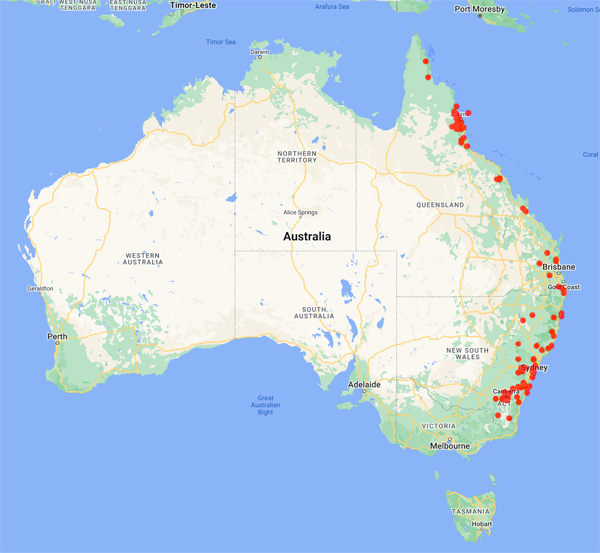
Council of Heads of Australasian Herbaria
Australian National Herbarium
Biographical Notes
 |
Council of Heads of Australasian Herbaria |
 Schofield, Wilfred Borden (1927 - 2008)
Schofield, Wilfred Borden (1927 - 2008)Born 19 July 1927, in Nova Scotia, Canada; died 5 November 2008 in Canada.
He was a Canadian botanist, specializing in mosses and liverworts. He was considered by many "the foremost bryologist in Canada".
Wilfred "Wilf" Borden, grew up in Nova Scotia, Canada. In 1950 he received a B.A. from Acadia University. From 1951 to 1954 he was a high school geology teacher in Nova Scotia.
In 1954 he became a graduate student at Stanford University. In 1956 he received his M.A. in botany. After graduation he moved to Nova Scotia, where Wilfred Schofield spent the winter teaching high school. He later moved to North Carolina, where he became a graduate student at Duke University. There he received his Ph.D. in 1960. His dissertation, written under the supervision of Henry J. Oosting, is entitled The Ecotone between Spruce Fir and Deciduous Forest in the Great Smoky Mountains. In the botany department of the University of British Columbia (UBC), Schofield became in 1960 an instructor and was eventually promoted to full professor, retiring in 1993.
Since 1948, he published more than 100 scholarly works, focusing on bryophyte genera from Arnellia to Wijkia, including treatments of more than 20 genera for the Flora of North America. The foundation of his scholarly contributions was his intimate knowledge of bryophytes in the field, reflected in Beaty Museum's collections. When he came to UBC, the bryophyte collection held about 3000 specimens; today it numbers over 260,000, contributed through his collections, exchanges, the work of his students and postdocs, and through the reputation he built for UBC's collection.
He collected plants not only in Canada and the mainland USA, but also in Australia, New Zealand, Hawaii, Japan, and Taiwan.
His last collecting number was 128,619.
He collected almost 2,500 specimens in Australia in 1983.
Source: Extracted from: https://en.wikipedia.org/wiki/Wilfred_Borden_Schofield
Portrait Photo: Google Images website.
Data from 2,979 specimens lodged in Australian herbaria.

Collection localities for his c. 2,500 Australian collections (below)
